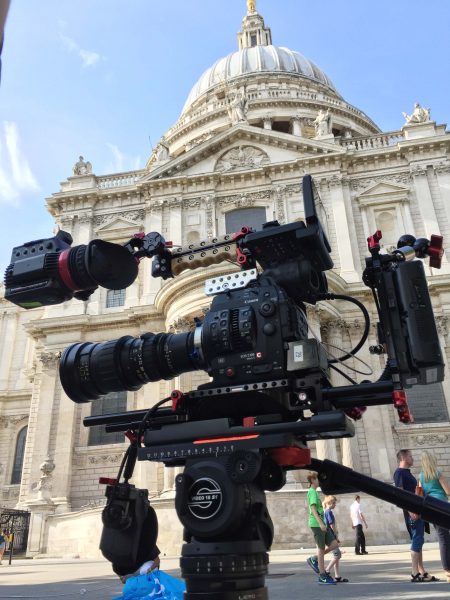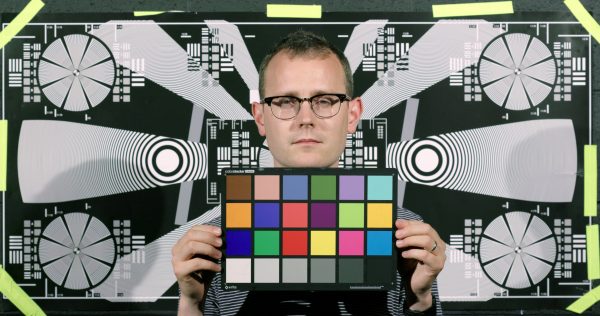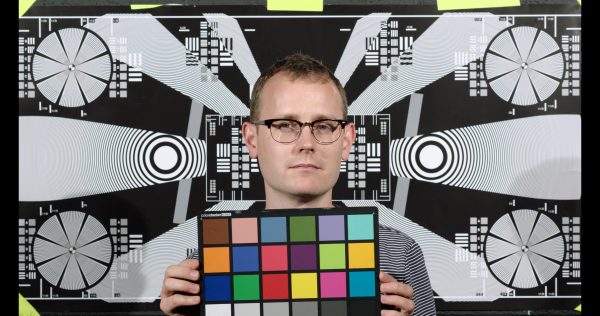By site editor Dan Chung:

The Canon C300 mkII has proved to be a controversial camera among reviewers. If you have spent time recently on other blogs or Twitter then you will have seen debate over its image quality and in particular its dynamic range. Cinema5D have claimed their tests show the camera only yields 12 ‘usable’ stops of dynamic range, while veteran cinematographer and camera tester Geoff Boyle thinks the number is closer to 14 and has published charts to illustrate his point. Funnily, these arguments probably wouldn’t have started if it weren’t for Canon’s own bold claim that the camera had 15 stops of dynamic range. For me the jury is still out, but even if the C300 mkII doesn’t ultimately have more dynamic range than the FS7 that isn’t the end of the story.
High dynamic range is a key aspect of creating a flexible and gradable image, but if the colour science of the camera isn’t good then the image can still be uninspiring. Fortunately the C300 mkII yields a very pleasing colour rendition in most of the lighting conditions I’ve tried. This seems to be born out by other tests that are now appearing online. Take a look at this from Maganimous Media:
One key addition to the colour setup is an ‘Alexa matching’ profile called Production. This is basically an acknowledgement by Canon of the popularity of ARRI’s look. Canon’s idea was that a C300 mkII could be easily deployed as a B-cam on shoots where an ARRI is the A-cam. To get an idea of just how close these are take a look at the stills below. One is from an Alexa MINI in Log-C, the other is from the C300 mkII (Pre-production) in C-log with Production colour set. Both the images are shot under tungsten light with the same TLS Morpheus 80-200 lens and the same basic Alexa LUT was applied to each in Premiere. This was only a quick test and there are no prizes for guessing which is which. In fact, I’m not even going to tell you the answer – that isn’t the point.


Given that the Canon is simply being de-logged with the ARRI LUT, and not a dedicated Canon one, the results are surprisingly close. The colour patches are a very good match to one another and with a proper grade the images could be made to look even more similar. As a starting point I’m sure most colourists would be very happy to be presented with either image.
Standard Rec 709 imagery out of the C300 mkII is also very pleasing to look at. Canon have maintained the look that they are famous for here and the camera performs well in artificial and mixed light – a traditional weakness of Sony’s line. With many TV networks still shooting both long and short form programmes in Rec 709 and not Log, this is an continuing advantage for the Canon.
I own a Sony FS7 and like it very much. It is a great value proposition with an all-round feature set – nice ergonomics, functionality and a very competitive price. The images it produces are good, but without significant grading by someone much more experienced than myself, I can’t get the images to look the way they come out from the C300 mkII. The point is made by watching the video below from LensProToGo – the reviewer doesn’t see the differences between the imagery being very big, but to me the difference is clear:
How much this matters to you is probably going to be key to your preference for the C300 mkII, or competing cameras. For some users, colour is everything – even more than dynamic range. For them, the difference in colour evident between something like a FS7 and a C300 mkII is worth twice the price – even with all other specifications being close (or, in the case of slow motion, lesser for the C300 mkII ).
Others will think that the F5, FS7 or FS5 image is already good enough for their uses and see no reason to pay more for a C300 mkII. Some will be tempted to wait and see what Blackmagic’s 4.6K URSA Mini or RED Raven deliver, while others will simply prefer to step up to an ARRI or RED Dragon/Weapon with their proven colour sciences and dynamic ranges.
The other factor for many factual TV shooters is that the original C300 is still good enough for their daily work. Most broadcasters don’t have plans to move to 4K yet and some are still in standard definition. If you work for multiple shows or clients there is no guarantee that they will agree with your choice of camera – one client may want a C300 mkII, another an ARRI and another a Sony. Moving up to a shiny new camera may be tempting but not justifiable financially, regardless of colour or dynamic range.
I’m confident that the C300 mkII has better colour than any other camera at its price point. How much does this matter? That’s for you to decide.





